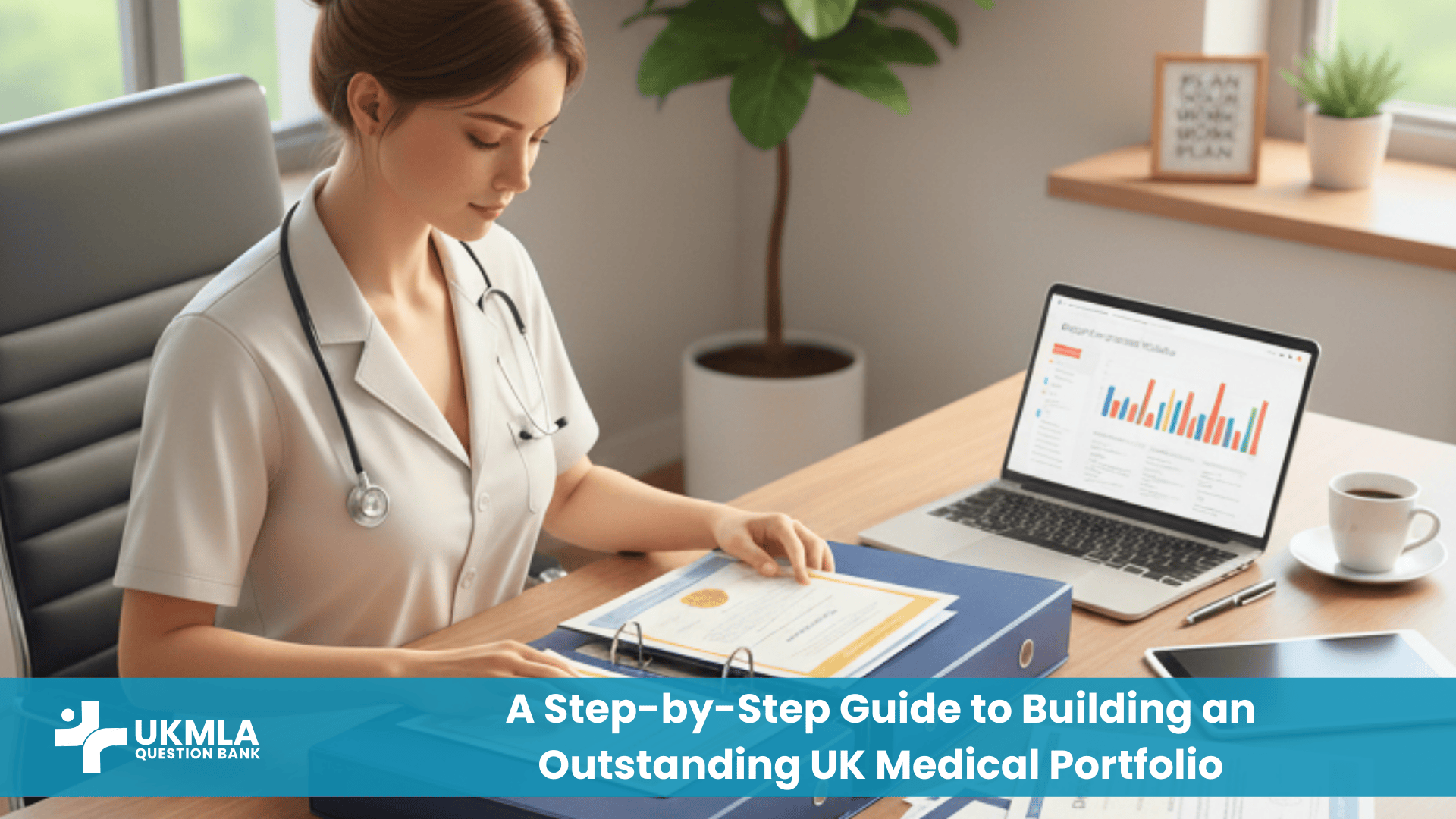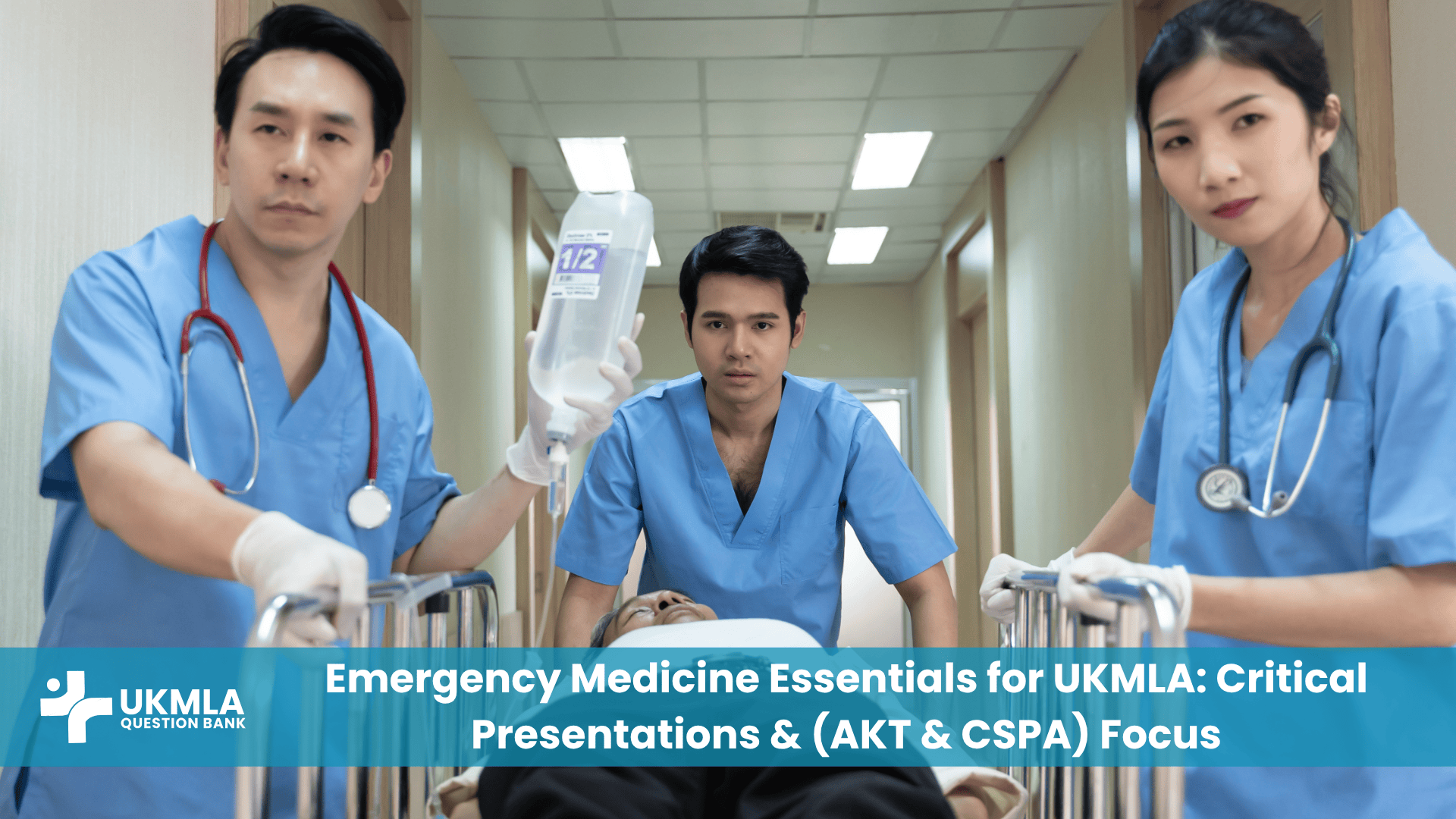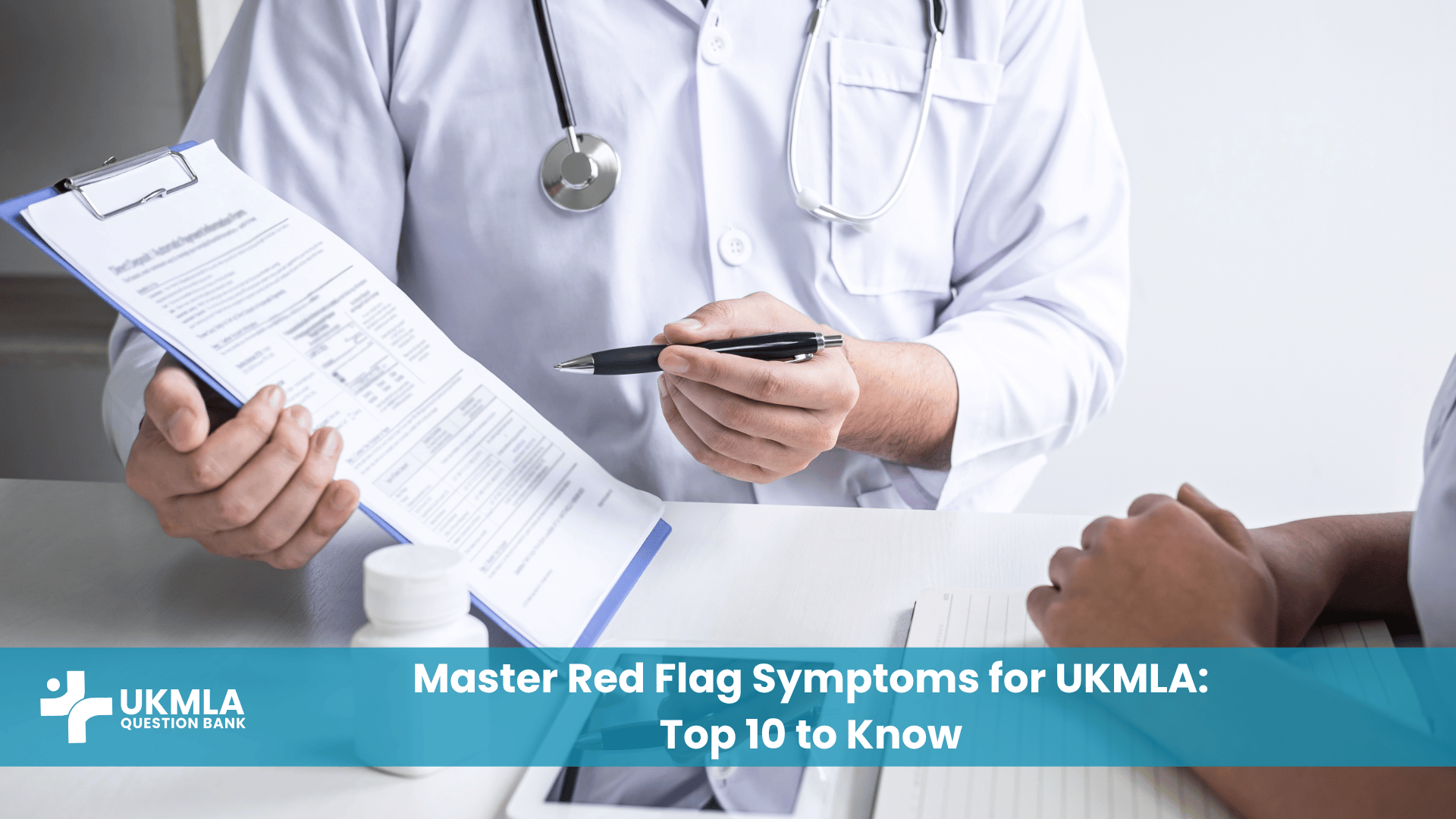Introduction
Learning how to build a medical portfolio UK doctors need is one of the most important non-clinical skills you will develop in your career. Your portfolio is more than just a CV or a logbook; it’s the curated story of your professional journey, the evidence that backs up your achievements, and your single most powerful tool for career progression. From your first day of medical school to your consultant interviews, a well-organised and comprehensive portfolio is what separates a good candidate from an exceptional one.
It’s a living document that is essential for progressing through every stage of your career, from your Foundation Programme e-portfolio to your competitive specialty training applications. This guide will provide a clear, step-by-step approach to building a portfolio that makes your application stand out, helping you transition from passing your exams to thriving in your life as an F1 doctor.
Table of Contents
ToggleWhat is a Medical Portfolio and Why Does It Matter?
Before you can start building, you need to understand what you’re creating and for whom. In UK medical training, you will essentially maintain two types of portfolios.
The Two Portfolios: The Learning Log vs. The Application Showcase
The Learning Portfolio: This is your official training record, often an e-portfolio like Horus for the Foundation Programme. Its primary purpose is to document that you have met the curriculum requirements for your stage of training. It’s a tool for your supervisors to assess your progress and for you to log competencies and reflections. It’s a key part of the modern, continuous assessment model, which you can learn more about in our guide to navigating programmatic assessment.
The Application Portfolio: This is the version you curate and present for job applications. It’s a showcase of your very best achievements, tailored to the specific requirements of the specialty you are applying for. While it draws evidence from your learning portfolio, it is a separate, focused document designed to score points and impress an interview panel.
The Golden Rule: Evidence, Not Just Assertion
The core principle of a strong portfolio is providing tangible evidence for every claim you make. It is not enough to say, “I am a good teacher.” You must prove it. Every achievement, skill, or experience must be backed up with documentation. This is the difference between an empty claim and a high-scoring entry.
As the UK Foundation Programme Office (UKFPO) states, the e-portfolio is designed to be “a repository of evidence of learning and assessments.” This principle of being a “repository of evidence” is the foundation of all medical portfolios.
How to Build a Medical Portfolio UK: The 7 Steps for Success
Building a winning portfolio requires a structured approach. Focus on collecting evidence across these seven essential domains throughout your training.
Step 1: Document Your Clinical Experience & Competencies
This is the foundation of your portfolio. It demonstrates your core clinical skills.
What to Collect: Keep a meticulous log of all procedural skills you have performed and been signed off on (DOPS). Collect your Mini-CEX and Case-Based Discussion (CBD) forms.
Pro Tip: Don’t just file the forms away. For each significant clinical encounter, write a short, anonymised reflection. What did you learn? What would you do differently next time? This shows a deeper level of engagement.
Step 2: Engage in Quality Improvement (Audits & QIPs)
Demonstrating that you understand and have participated in clinical governance is crucial for all training applications.
What to Collect: Evidence of any audits or Quality Improvement Projects (QIPs) you have been involved in.
Pro Tip: Completing a full audit cycle scores significantly more points than simply collecting data for someone else’s project. Aim to be involved from the initial data collection, to implementing a change, to re-auditing to see if your change worked.
Step 3: Develop as a Teacher & Trainer
Medicine is a teaching profession. Application scorers want to see that you are committed to educating others.
What to Collect: Feedback forms from any teaching sessions you have delivered, a thank you letter from a course organiser, a copy of your presentation slides, or a certificate from a “Teaching the Teachers” course.
Pro Tip: Teaching opportunities are everywhere. Offer to give a short tutorial to medical students on your ward, present at a journal club, or teach a junior colleague a clinical skill. For more on learning techniques, see our guide on the Feynman Technique.
Step 4: Pursue Academic & Research Achievements
This domain demonstrates your engagement with academic medicine.
What to Collect: Any conference presentations (both poster and oral), publications in peer-reviewed journals, additional degrees (e.g., an intercalated BSc, MSc, or PhD), and letters from research supervisors.
Pro Tip: Getting published can be difficult. Start small by aiming for a case report or a letter to the editor. Presenting a poster at a regional or national conference is an achievable and high-scoring goal for most junior doctors.
Step 5: Demonstrate Leadership & Management Skills
This shows you can take on responsibility beyond your day-to-day clinical duties.
What to Collect: Evidence of any formal roles (e.g., rota coordinator, junior doctor representative on a committee, BMA rep), certificates from leadership courses, or evidence of organising a teaching programme or event.
Pro Tip: You don’t need a formal title to demonstrate leadership. Leading a quality improvement project, mentoring a medical student, or taking charge in a resuscitation scenario are all valid examples of leadership. Document them with reflections.
Step 6: Collate Your Awards and Achievements
Any formal recognition of excellence should be proudly displayed in your portfolio.
What to Collect: Academic prizes (e.g., honours, distinctions), scholarships, grants, or awards for extracurricular activities.
Pro Tip: Don’t be shy. Include anything that demonstrates excellence, even if it’s not strictly medical. An award for music or sport shows dedication and commitment—qualities that are highly valued in doctors.
Step 7: Master the Art of Reflective Practice
The ability to reflect on your practice is a core professional skill and a central component of the learning portfolio.
What to Collect: A log of anonymised, structured reflections on key learning events, challenging cases, or any mistakes you may have made.
Pro Tip: Use a structured model for your reflections, like the Gibbs’ Reflective Cycle. This shows a methodical approach to learning from experience. This is a crucial part of developing the winning mindset for UKMLA success.
Table 1: The 7 Portfolio Domains & Key Evidence
| Domain | Key Evidence to Collect |
|---|---|
| 1. Clinical | DOPS/Mini-CEX forms, procedure logbook, reflections. |
| 2. Quality Improvement | Audit/QIP reports, certificates of completion. |
| 3. Teaching | Feedback forms, presentation slides, thank you letters. |
| 4. Academic | Publications, conference abstracts/posters, degrees. |
| 5. Leadership | Role descriptions, letters of appointment, project plans. |
| 6. Awards | Certificates, prize letters, commendations. |
| 7. Reflection | A log of structured, anonymised reflective entries. |
Tailoring Your Portfolio for Your Next Step
A successful portfolio is not just a collection of documents; it’s a targeted argument for your suitability for a specific job.
For the UK Foundation Programme (UKFP)
When applying for your first job as a doctor, the portfolio elements that contribute to your Educational Performance Measure (EPM) are key. While the bulk of the EPM comes from your medical school decile ranking, you can score extra points for additional degrees and publications. For a full breakdown, see our Ultimate UK FPAS Application Guide.
For Core and Specialty Training (ST/CT)
When you apply for specialty training after F2, the portfolio becomes even more important. The application forms for each specialty have a detailed scoring matrix, and your portfolio is the evidence you use to score points in each domain. At this stage, you must demonstrate a clear commitment to your chosen specialty. This means having taster weeks, attending specialty-specific conferences, and completing audits or research projects in that field. Our guide to specialty training pathways can help you understand the options.
Frequently Asked Questions (FAQ) about Medical Portfolios
While your official training record will be an e-portfolio (like Horus), it is highly recommended to keep your own physical or digital “application portfolio.” This is where you store your certificates, feedback forms, and all the evidence you will need for interviews.
Quality over quantity. One completed, full-cycle audit where you were heavily involved is worth more than being a data collector for five different projects.
Absolutely. Poster and oral presentations at regional, national, or international conferences are high-scoring achievements for specialty applications.
Seek it out. You can start small by offering to organise a local teaching session or taking on the role of junior doctor representative for a departmental meeting.
The easiest way to start is with a case report. If you see an interesting or unusual case on the wards, discuss it with your consultant and offer to write it up for a journal.
You should treat it as a living document. Get into the habit of uploading certificates and writing reflections as they happen. Trying to do it all in the month before applications are due is a recipe for stress and missed opportunities.
This depends on the specialty you are applying for. For highly academic specialties, the research section is crucial. For craft specialties like surgery, evidence of procedural skill and dexterity is vital. Always check the person specification for your desired specialty.
Your Educational Supervisor is your first port of call. You can also ask a registrar or consultant in your chosen specialty to review it and give you advice on how to strengthen it.
No. Your application portfolio should be curated. Include your highest-scoring and most relevant achievements. A well-organised portfolio with 20 strong pieces of evidence is better than a chaotic one with 100 minor items.
Day one of medical school. Get into the habit of seeking opportunities and documenting everything you do from the very beginning.
Conclusion
Building a comprehensive medical portfolio is a marathon, not a sprint. It requires foresight, organisation, and a consistent effort to seek out opportunities and meticulously document your achievements. Your portfolio is the narrative of your growth as a clinician, an educator, a leader, and an academic. It is the single most important tool you have to shape your career and open the doors to the training programmes and specialties you are passionate about.
Start today. Use these seven domains as a checklist to identify your strengths and weaknesses. Be proactive, be organised, and remember that every clinical encounter, teaching session, or project is an opportunity to add another valuable piece of evidence to your professional story. By following this guide on how to build a medical portfolio UK doctors are proud of, you are investing in your future success.



